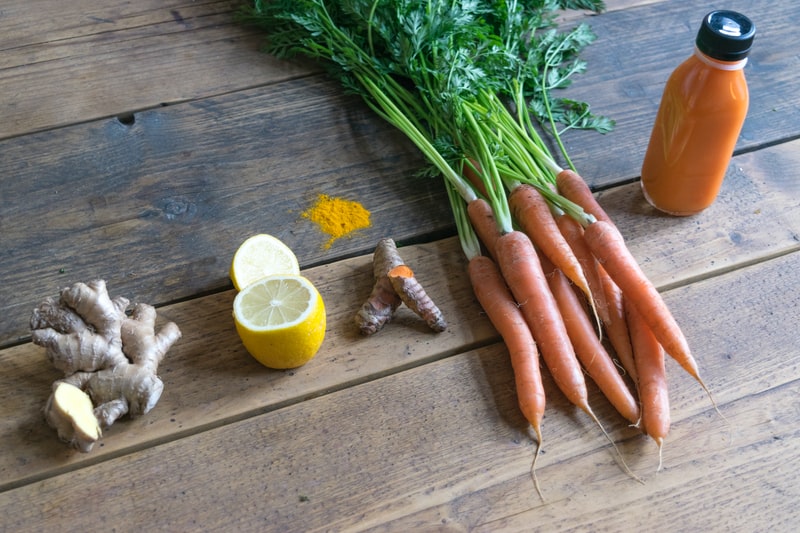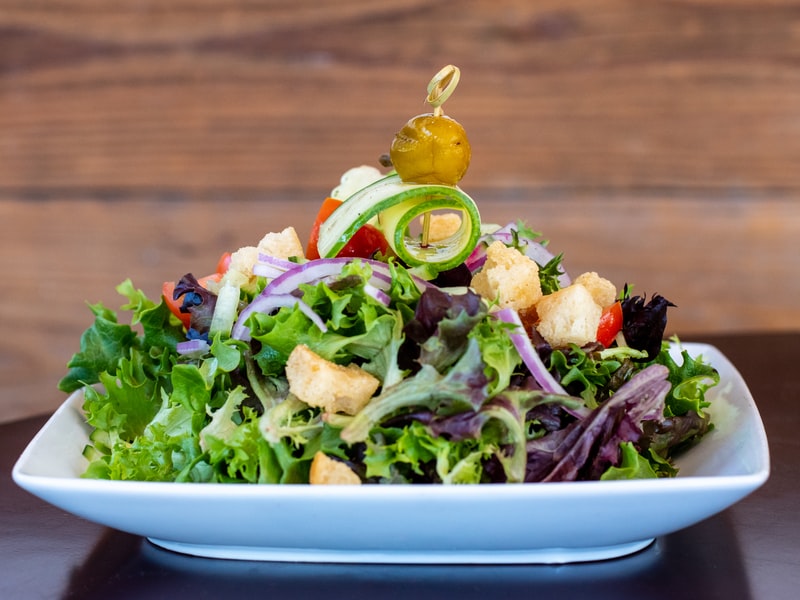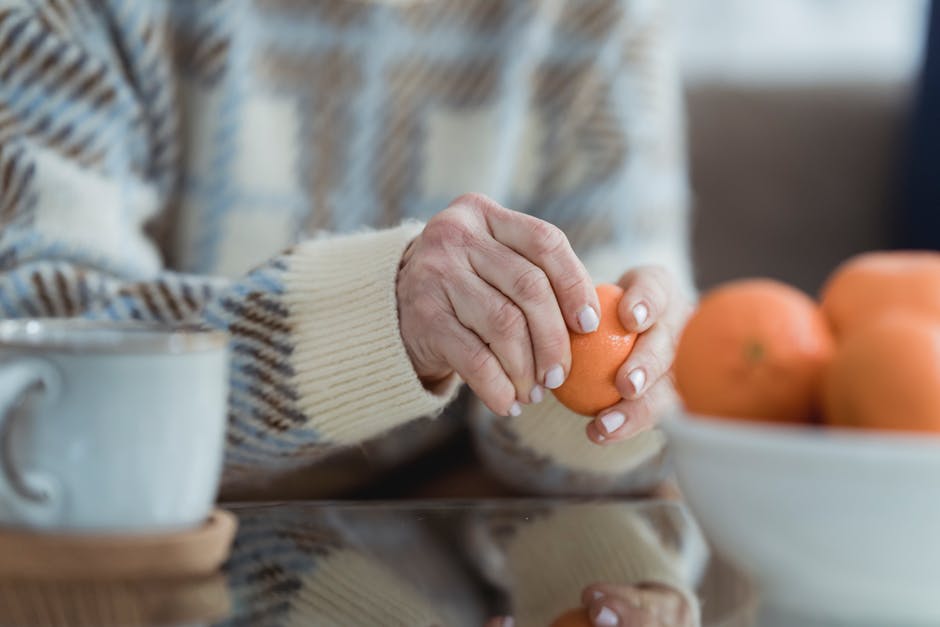
Being a role model for your preschooler is the best method to ensure that he or she learns good habits. Sharing healthful foods, keeping active, drinking plenty of water, and getting enough sleep can all help you build lifelong healthy behaviors. Parents may assist their children in developing healthy habits early in life that will benefit them for the rest of their lives.
1. Scrub Your Hands Thoroughly

For one simple reason, hand washing is at the top of the list of healthful practices that children should acquire. That’s a lot of sore throats, runny noses, and just plain iciness that a child may avoid by stepping up to the sink, especially before eating or heading to the playroom with a friend after coming in from outside, and after sneezing, coughing, stroking an animal, or using the potty. Use soap and warm water. Bubbles capture germs, so make a lot of them. Scrub for at least 20 seconds and then rinse. Hands should be rubbed and thoroughly rinsed.
2. Perform A “Sleeve Sneeze.”

What’s next on the list of children’s good habits? Show your child how to let go of the inside of his elbow rather than his palm. Also, show the air when he senses an “achoo” coming on, and there’s no tissue in sight. This healthy habit for pre-schoolers also applies to coughs — and to you, so set an example anytime you sneeze without tissues.
3. Get Rid Of That Tissue
Once your child has mastered the exquisite art of nose-blowing, teach her to throw away filthy tissues instead of leaving them on a table or the floor: Because some bacteria and viruses can survive for several hours outside the body, children should learn to discard tissues.
4. Do Not Disseminate
Because certain goods can harbor infections and other nasties, your child will need to understand that some things should not be shared. Explain to your child that while it’s OK to let his friends play with his toys. He should keep to himself some items, such as combs, brushes, and hats (sharing these items is the most common way lice spread from child to child). Toothbrushes, cups, forks, and drinking straws; whistles, horns, and other objects you put your mouth on; and, of course, tissues.
Flush and Flee
Now for another talk: While it’s understandable for a youngster to want to watch the precious results of her labors swirl away, encouraging her to do so is not a good idea. Droplets of water with minute particles of whatever was just deposited spew into the air with each flush. This geyser of germs could land not only on your child but also on neighboring surfaces. So, if you want your kids to pick up this healthy practice, show them how to put the top down.
Conclusion:
Children’s current and future health and their development and learning are all dependent on good nutrition. Nutrition education is an integral part of a larger plan to improve food security and avoid malnutrition of all kinds. Schools are perfect places to promote healthy habits of pre-schoolers and lifestyles for a lifetime.





